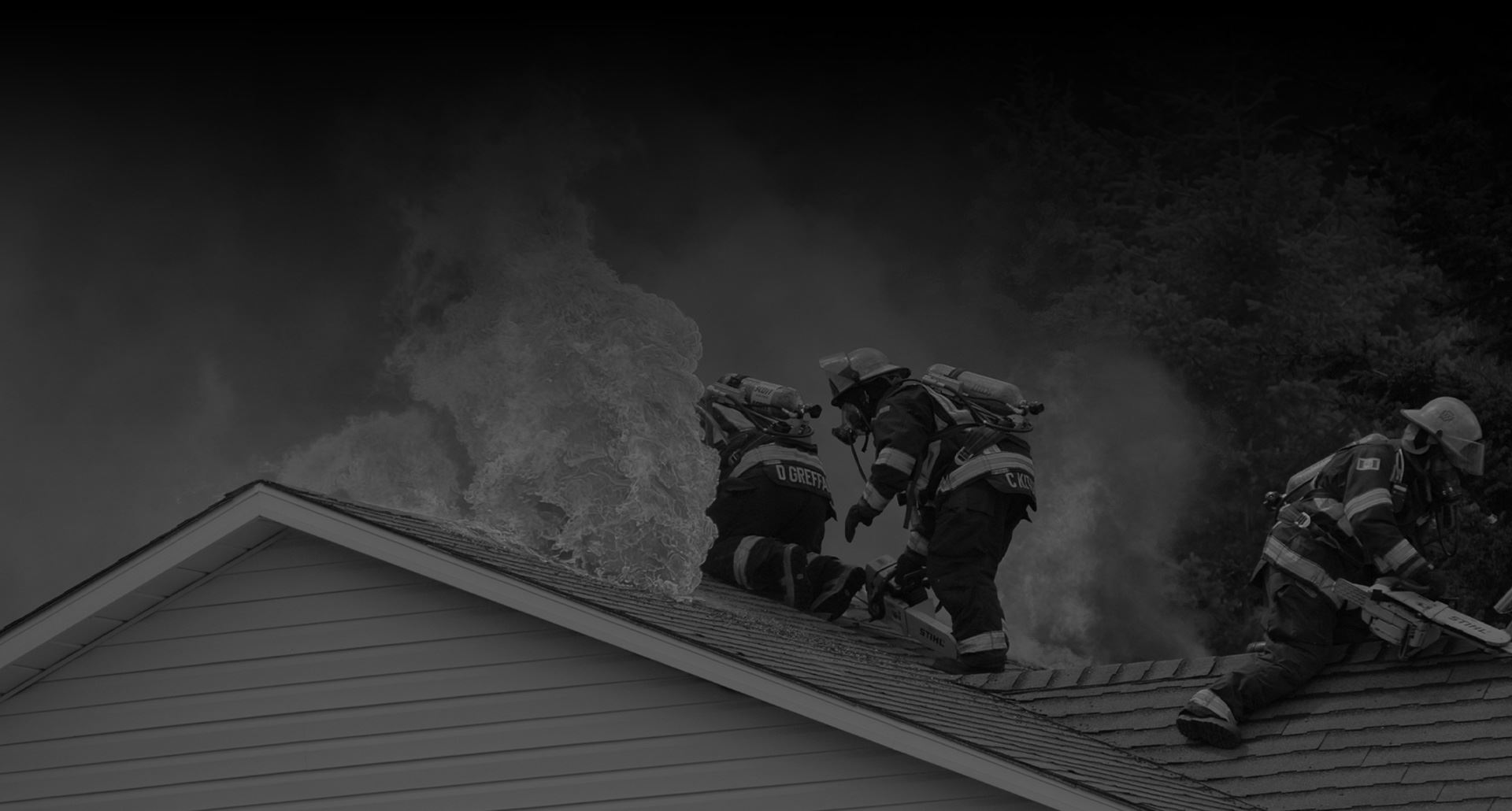Water and Flood Emergency Tips
Water damage arises from fire damage, broken pipes, blocked drains, malfunctioning appliances, storms and other causes. The appropriate treatment depends on the nature of the damage. Some water carries contaminants and should be considered hazardous (see Sewage and Flood Damage). Whatever the origin, the prospects for restoration depend largely on the speed with which your building and personal property can be dried. Even clean water can generate mildew and other bacterial growth if neglected. Here are some emergency tips for water damage.
Do…
- Ventilate wet areas. Turn on air conditioning for accelerated drying in summer; in winter alternate cycles of opened windows and heating.
- Remove standing water from flat surfaces by sponging and blotting.
- Take up saturated rugs and carpets when hardwood floors are at risk.
- Stay out of rooms where ceilings are sagging from retained water.
- Transport computers to a dry environment, remove cases and blow dry
with low-pressure air. - Remove lamps, telephones and decorative items from wet furniture tops.
- Open drawers and cabinet doors for interior drying, but do not force open
stuck drawers or doors. - Freeze valuable books and documents to retard mildew growth until drying
can be performed. - Place aluminum foil squares, china saucers or wood blocks under furniture
legs to avoid carpet staining.
Do Not…
- Operate TVs, vacuums or other appliances while standing on wet carpet or floors, especially not on wet concrete floors. Serious injury may result.
- Use heat to dry closed building interiors; mildew and expanded moisture damage
may result. - Leave wet fabrics in place; space them apart and dry as soon as possible.

Why Choose Single Source Disaster Recovery Specialists?
What Makes Us Different
-
We Offer Emergency Services
-
Your Restoration Experts Since 1971
-
Fully Licensed, Bonded, and Insured
-
Cutting Edge Equipment and Leadership